What do Fitbit Cardio Load and Target Load mean?
Fitbit Cardio Load is coming to the Pixel Watch 3 and other Fitbit-branded watches. Here's how it'll work.
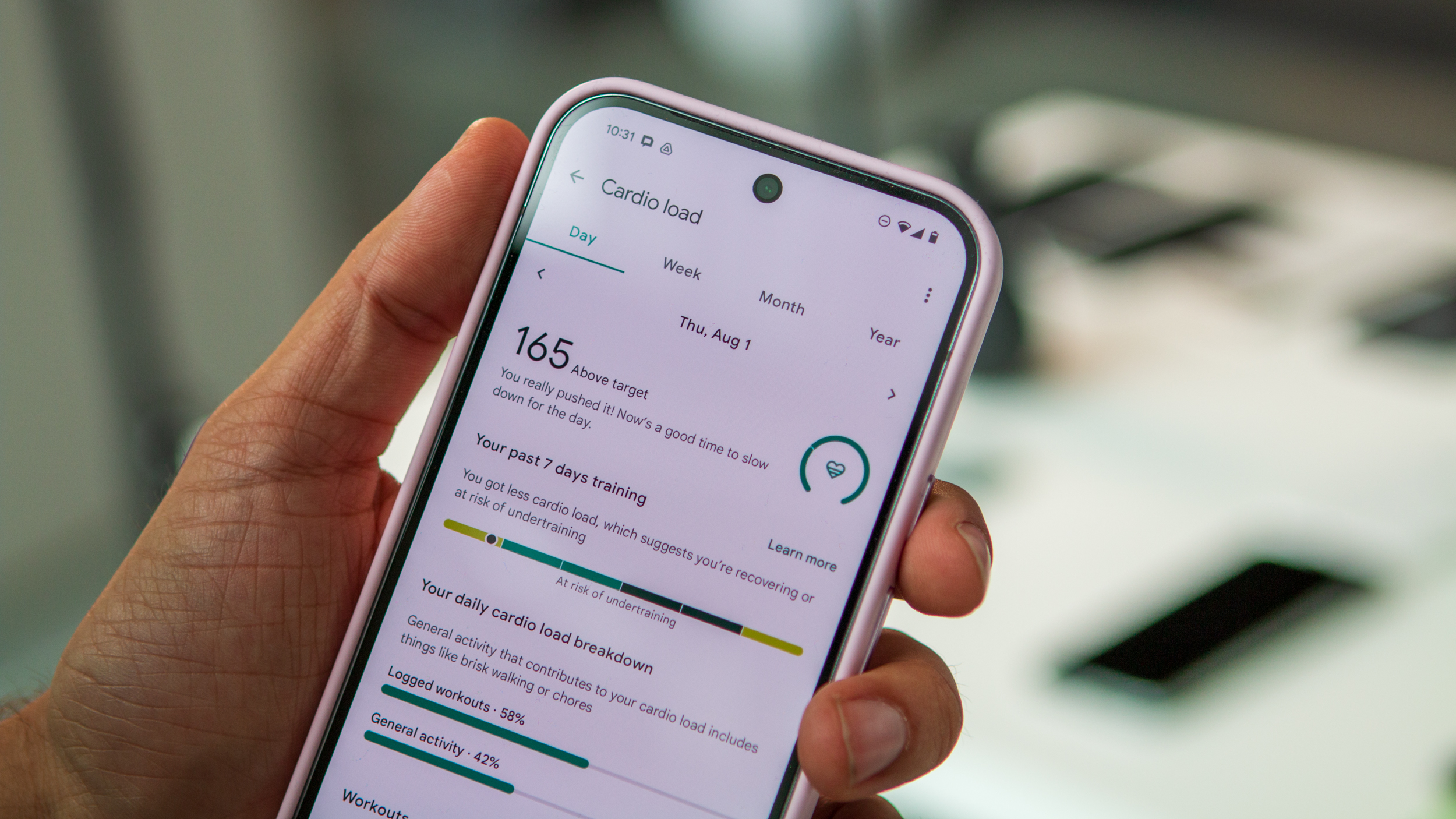
What is Fitbit Cardio Load and Target Load?
Best answer: Google describes Cardio Load as "real-time tracking of how hard your heart is working during workouts and throughout the day." The Cardio Load score gives you more points for "longer and more strenuous activity," based on both logged workouts and casual, untracked activities. You'll be warned if you're over or undertraining, based on your Cardio Load history.
Target Load is auto-generated after wearing the Pixel Watch 3 for 14 days. With this data, it tells you whether your current Cardio Load is above or below where it "should" be to "optimize performance, reduce injury risk, and balance recovery." Overtraining or bad sleep will push your Target Load window lower; long rest or slacking on your workouts will move it higher.
How Fitbit Cardio Load works
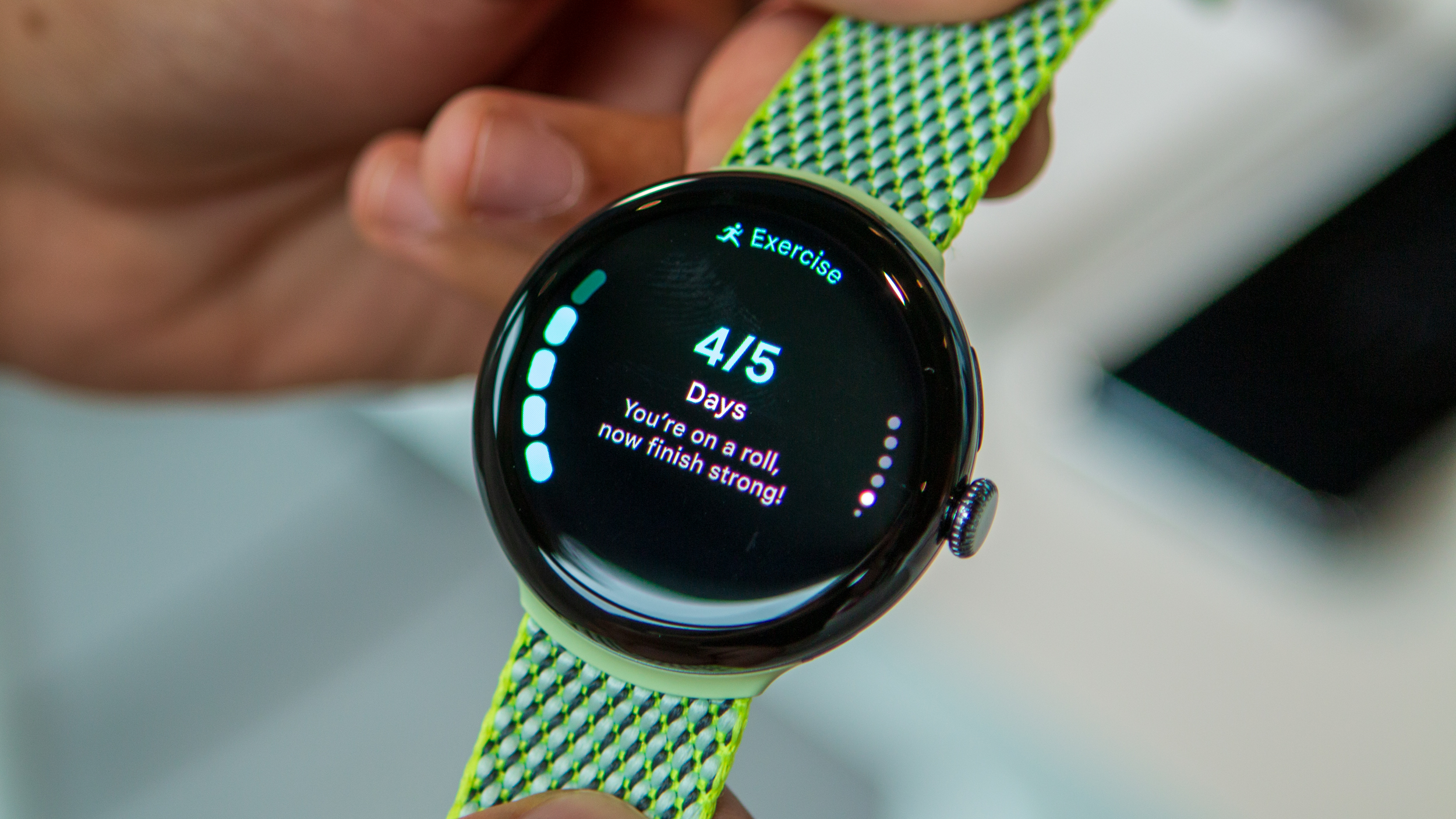
Google gave us a glimpse of the new Fitbit Cardio Load, Target Load, and Daily Readiness scores at our Pixel Watch 3 hands-on at the Made by Google event. We have the photos above and below to show what they'll look like on the Pixel Watch 3 and the Fitbit app, along with Google's description of how they'll work. Once I can review it for myself, I'll share more concrete details.
To get Cardio Load, you only need to wear your Pixel Watch 3; the Fitbit app will then "instantly" show a Cardio Load score based on your activity, and your score will grow after workouts. Google has also confirmed that it will "soon" come to all Fitbit devices and users, not just the Pixel Watch series.
Google uses the training impulse (TRIMP) method to calculate your Cardio Load. Basically, you get a score based on how long you had an elevated heart rate and which heart rate zone you reached, relative to your body's maximum heart rate and heart rate reserve.
Different fitness brands calculate training load using their own methods, but generally speaking, you multiply the duration by your body's relative HR zone; for instance, 60 minutes in HR in Zone 3 might equal about 180 Cardio Load. The number itself is arbitrary; it's all about hitting an attainable score for your body's fitness, and then slowly increasing that number.
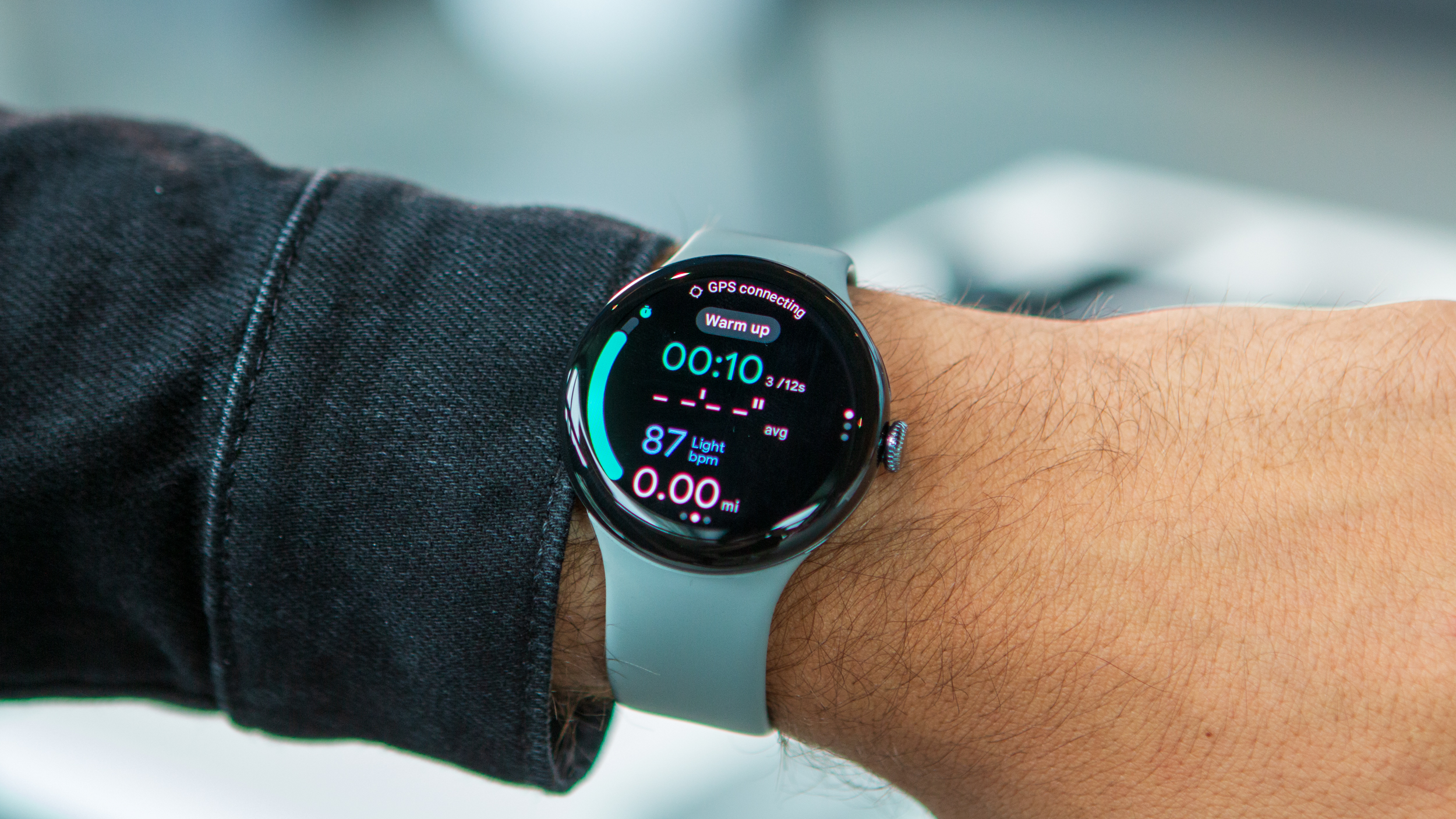
You'll get most of your Cardio Load from workouts, but Google also specifies that you'll get some points whenever your heart rate elevates above the norm (like ten unlogged minutes walking the dog or carrying something heavy at home).
Fitbit will measure how much daily, weekly, and four-week Cardio Load it expects you to attain to stay on track. In the Fitbit app photo above, you can see how the hypothetical athlete ran more than average that day but is "at risk of undertraining" because they hadn't worked out for the seven days prior. Google calls that bar graph your Training Status, and it's where your Cardio Load is put into context against past weeks.
Essentially, Fitbit's Cardio Load is a long-term training metric that puts less emphasis on hitting your Active Zone Minutes every day and more on recovery and context.
Be an expert in 5 minutes
Get the latest news from Android Central, your trusted companion in the world of Android
How Fitbit Target Load works
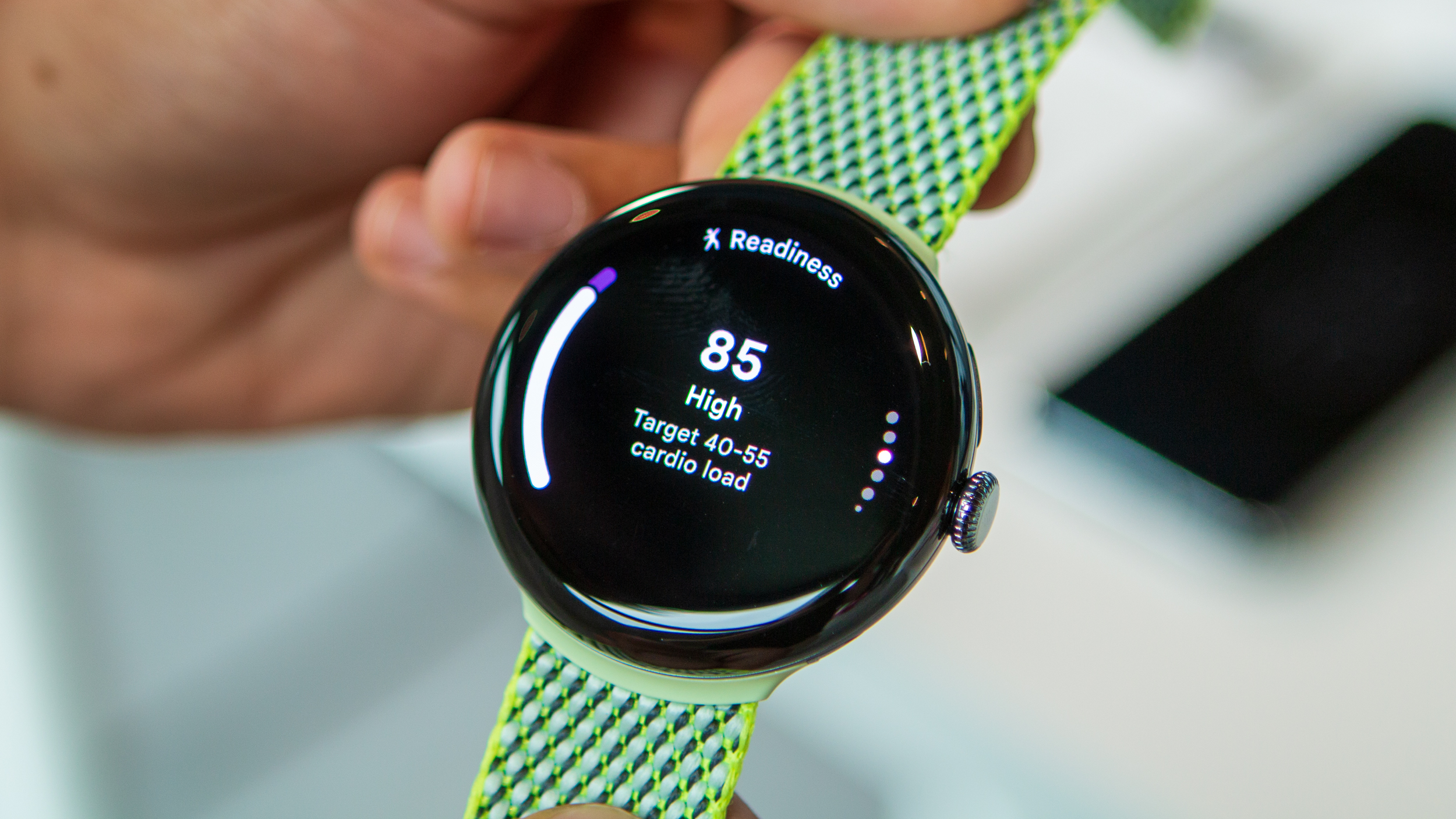
Fitbit Target Load is the brand's auto-generated, daily personalized target "based on your recent Cardio Load and your Readiness." To calculate it, Google says you must "wear your watch continuously" for 14 days, so you need to faithfully wear it for sleep tracking before Google's algorithm will generate a Target Load.
Google calculates your Daily Readiness based on your sleep duration, resting heart rate (RHR), and heart rate variability (HRV), as these all dictate how well your body recovers after workouts. The higher your body's Daily Readiness, the higher the Fitbit app will push your Target Load for the day; the reverse also applies if you don't sleep well or high HRV signals that your body is still tired out.
Once Google understands your body well enough, you'll see your Cardio and Target Load on the Readiness & Load tile on your watch, or in the Fitbit Today tab if you choose "Build Cardio Fitness" as your "focus." It also appears in the watch's daily Morning Brief, as you can see in the photo above.
So, what do you do with this information? Google will create "AI-powered daily run recommendations" based on your Target Load and recent runs that will theoretically help you hit your Load goal without overtraining. Unfortunately, unlike the free Target Load score, these recs require a Fitbit Premium subscription. Without it, you'll have to make your own workouts and check afterwards what kind of load it generates.
I'm excited to put these tools to the test, particularly Cardio Load. While Target Load sounds very useful and dynamic, I'm not someone who likes wearing a smartwatch to bed every night, and I'm not sure I'll be able to do so for two weeks. Thankfully, it doesn't matter too much because Cardio Load will still tell you if you're over- or undertraining without sleep data, based on your past training history.
If these tools work well, that could help make the Pixel Watch 3 one of the best fitness watches on the market. We typically only see training load on specialized brands like Garmin, Coros, and Polar; to get it on a proper Wear OS watch is an exciting development.
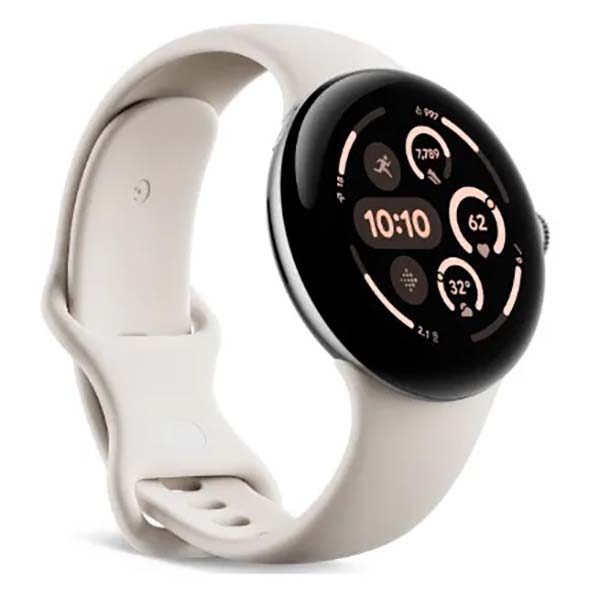
Tailor-made data for runners
We don't know when other Fitbits will get Cardio Load and Target Load, but we know the new Pixel Watch 3 will receive it at launch. Now available in two display sizes, the Watch 3 comes with six months of free Fitbit Premium for all the training insights you want.

Michael is Android Central's resident expert on wearables and fitness. Before joining Android Central, he freelanced for years at Techradar, Wareable, Windows Central, and Digital Trends. Channeling his love of running, he established himself as an expert on fitness watches, testing and reviewing models from Garmin, Fitbit, Samsung, Apple, COROS, Polar, Amazfit, Suunto, and more.
You must confirm your public display name before commenting
Please logout and then login again, you will then be prompted to enter your display name.
